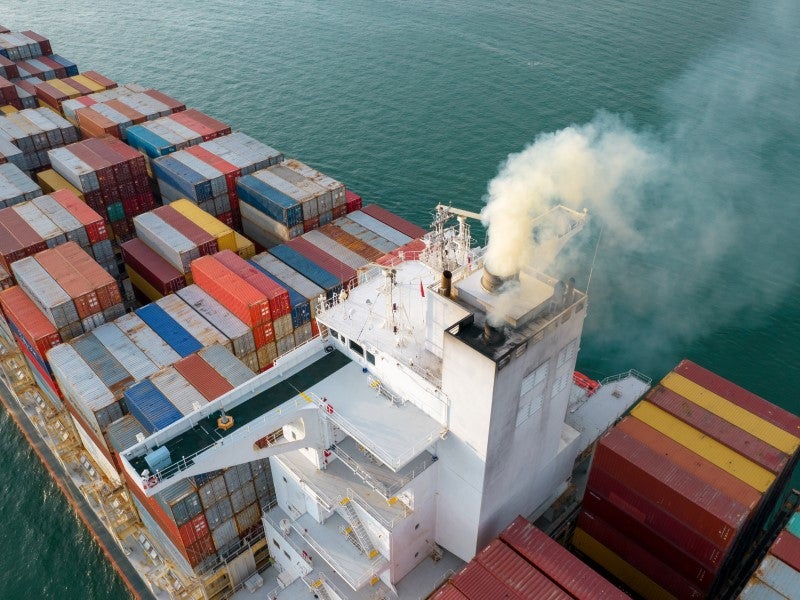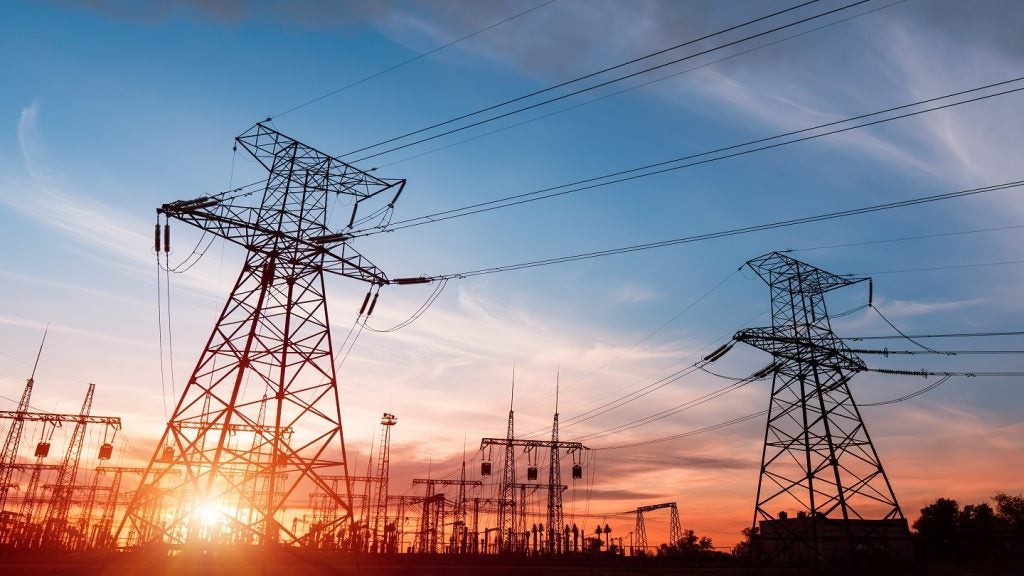As countries begin to ramp up their climate ambitions, climate policy packages are becoming more comprehensive and ambitious, such as the ‘Fit for 55’ package that the European Union (EU) has introduced as part of the European Green Deal. This strategy outlines policy instruments to cut greenhouse gas emissions by 55% by 2030 and achieve net neutrality by 2050, which includes ramping up its carbon pricing strategy. However, climate change is a global problem, requiring a coordinated response between states, and the US has taken a different tactic for decarbonising its economy. Instead of putting a price on carbon, the US is subsidising its domestic clean energy industry.
There have been debates about which approach is better. However, what is important is that they both have the potential to prevent third countries from capitalising on weak climate policies.
The impacts of carbon leakage
Carbon pricing is a cost applied to carbon pollution. Polluters, therefore, pay the external costs associated with the carbon they emit. However, when high-polluting firms are faced with escalating carbon prices, they may shift their operations to a jurisdiction with a more lax climate policy to avoid these costs. This is called carbon leakage, and firms will move their operations outside of the EU, taking their carbon emissions with them. The Carbon Border Adjustment Mechanism (CBAM) is a landmark tool proposed by the EU to prevent carbon leakage by putting a fair price on imported carbon-intensive goods.
What is the CBAM?
CBAM is the EU’s new carbon border tax. EU importers will need to purchase CBAM certificates for each ton of carbon emitted during production. Initially, it will cover imports of high-emitting carbon goods, such as aluminium, iron, steel, electricity, cement and fertilisers. Plans to extend it further are also underway. The price of carbon will be aligned with the EU Emissions Trading System (ETS), which is also set to be reformed under the Fit for 55 packages. The ETS operates using a cap-and-trade principle, where emitters obtain emissions allowances to meet emissions targets. Companies either reduce their emissions or purchase allowances in the carbon market.
CBAM’s role in carbon leakage prevention
In the past, high-polluting industries received free allowances under the EU ETS to prevent carbon leakage. Plans of the EU ETS include reducing its cap and phasing out of the allocations. This is where CBAM will be instrumental. The transitional period of the CBAM will be in line with the phase-out of free allocations in the EU ETS. EU imports will become subject to carbon tariffs and importers will need to purchase and surrender CBAM certificates, equal to the carbon price under the ETS. This levels the playing field for the domestic industry by improving the competitiveness of domestic goods subject to carbon pricing with EU imports, which may not be.
See Also:
Sparking fears of protectionism
Non-EU countries have pushed back on CBAM, accusing the EU of protectionism, and using the disguise of climate action to do this. Brazil, China, South Africa and India expressed joint ‘grave concern’ that the EU is discriminating against EU imports by placing a levy on them. CBAM will result in a greater administrative burden on those exposed to CBAM and raise the price of products within the EU.
How well do you really know your competitors?
Access the most comprehensive Company Profiles on the market, powered by GlobalData. Save hours of research. Gain competitive edge.

Thank you!
Your download email will arrive shortly
Not ready to buy yet? Download a free sample
We are confident about the unique quality of our Company Profiles. However, we want you to make the most beneficial decision for your business, so we offer a free sample that you can download by submitting the below form
By GlobalDataAlso, some countries exposed to the new restrictions include those in Africa. For example, Morocco is responsible for 13.3% of fertiliser imports. CBAM will therefore damage the country’s export earnings. How CBAM will impact African economies and their ability to industrialise should be considered, especially as the industrialisation in other states has escalated the impacts of climate change for those countries most at risk that have not had the same opportunity to fully industrialise. The EU has responded to this by suggesting that the revenues drawn from CBAM will be put toward climate finance for developing countries.
A global carbon pricing strategy
Instead of just focusing on the potential trade implications, the wider picture should be remembered. This EU-based policy can have positive implications that extend beyond the EU by having the scope to strengthen climate policy in non-EU countries. The phase-out of free allocations has needed to happen for the EU to meet its climate ambitions. Now, instead of third countries capitalising on having weaker climate policies through carbon leakage, CBAM should incentivise other counties to implement their own carbon border mechanisms or strengthen their carbon pricing measures. Support for countries impacted by CBAM is crucial but open dialogue on evolving climate policies and their impact on trade should have a greater discussion on cooperation around carbon pricing.








Related Company Profiles
ETS GmbH